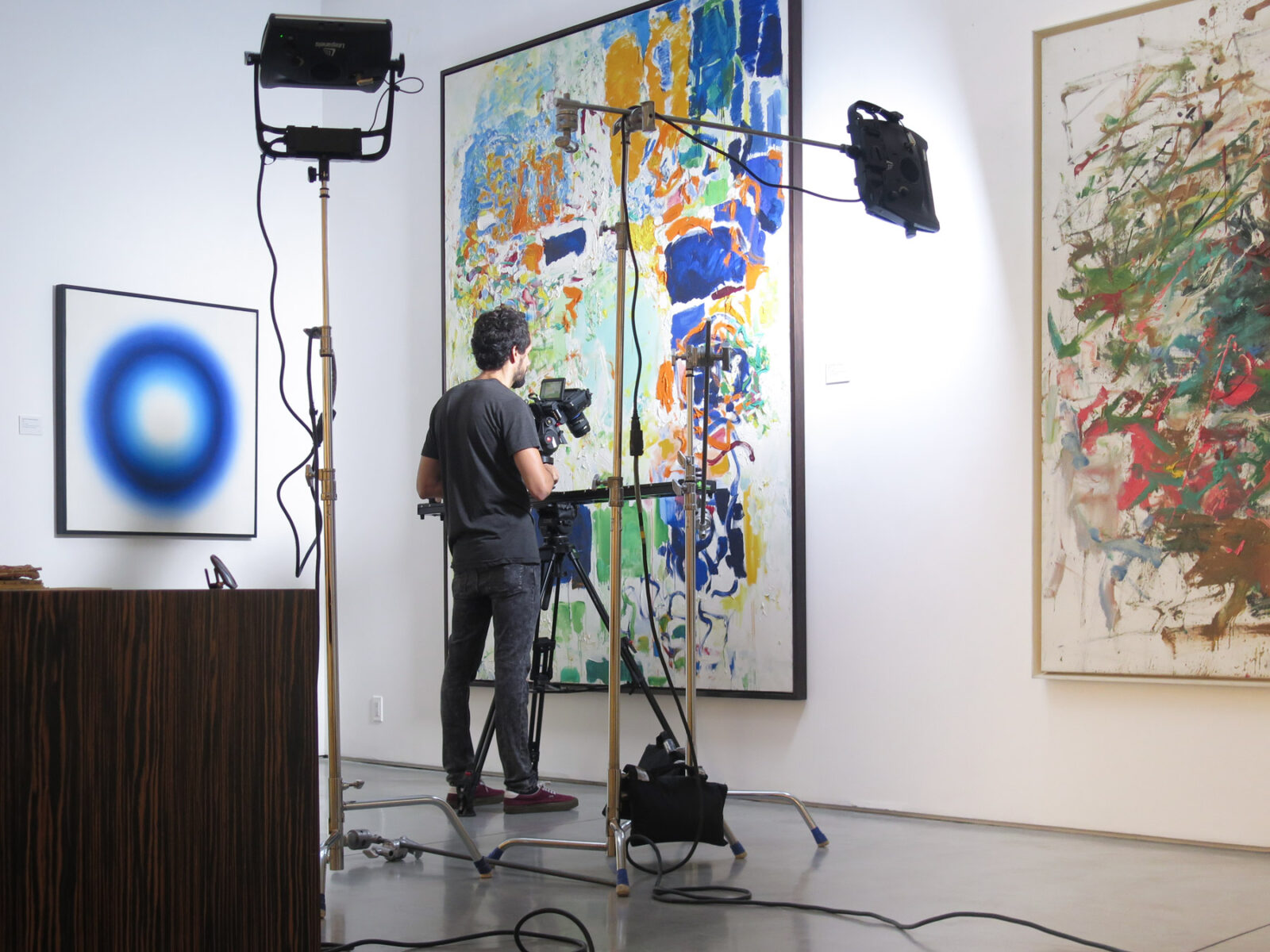In my video post, I have shown how a collection of photographs can become material for making an artwork. In this post, I would like to consider what role documentation of an existing artwork plays. Can it become a work on its own?
Documentation is the message
In the contemporary art world documenting the work is required for various purposes; sharing progress on the Internet, creating a portfolio, and applying for exhibitions and residencies. However, a photograph becomes a new entity. On one hand, it is a representation of the work, on the other, it is a piece by itself. Following Marshall McLuhan’s thought about the medium being the message, the medium used originally loses its value, giving importance to the medium of photography. Let’s imagine a spatial installation, where the objects are spread around the rooms and a strong smell beats from them. Walking around it would make the viewer experience work as it is, while looking at a digital reproduction they would see something completely different. Deprivation of sensorial and spatial experience makes documentation a separate piece of art. In the case of two-dimensional art, this argument can be seen as less valid. However, it is important to emphasize that when for example a painting is photographed, it becomes digitized and the image can serve as a material for other artistic purposes besides being only a painting. It can for instance become part of a collage or a zine.
Long gone aura
Another angle when investigating art documentation is the “aura” discussed by Walter Benjamin. Even though the original text referred to the era of mechanical reproduction nearly a hundred years ago it is now applicable more than ever. Benjamin claims that by means of reproduction, the magical aura of an artwork is abolished. When physical presence is crucial to the full experience of the art piece, photographic documentation changes the work completely. Nowadays, through constant access to a camera artists are able to reproduce their physical work all the time. As works are distributed globally they lose their aura also becoming more accessible.
Artist’s own vs. Professional photographer’s documentation
Sometimes artists document by themselves and then they can decide how they frame their work in the photographs producing a completely new artistic object. Using an example of my I would like to show how a photograph documenting an installation has a quality on its own. The work presented in the image is a spatial installation with sound elements. When one is present in the space the experience is formed by textures, sound, and the possibility of viewing installed objects from different directions. The photograph however is a still frame of a composition, some elements of the installation are left out and the details are not available to see. The digital image represents a closed space deprived of the context of its surroundings.

Documentation of my work Fragmented landscape
Sometimes artists ask for help from a professional fine art photographer. There are studios such as On White Wall Studio that specifically specialize in taking pictures of artworks. Those images are outcomes of professional artistic practice focusing on the accuracy of documentation. They are being disconnected from the maker of the photographed art piece becoming a representation of the photographer’s work.

Source: https://www.onwhitewall.com, BTS videography with a painting by Joan Mitchell, Heather James Fine Art Gallery, Palm Desert, CA.
To conclude, the artistic quality of documentation of an artwork, especially when it comes to spatial installations should not omitted. Photographs documenting art have values on their own and can be seen as works on their own.
Sources:
Benjamin, Walter. 2008. The Work of Art in the Age of Mechanical Reproduction. Translated by J. A. Underwood. Penguin Great Ideas. Harlow, England: Penguin Books.
McLuhan, Marshall, Quentin Fiore, and Jerome Agel. 2001. The Medium Is the Massage. Hamburg, Germany: Gingko Press.


Recent Comments